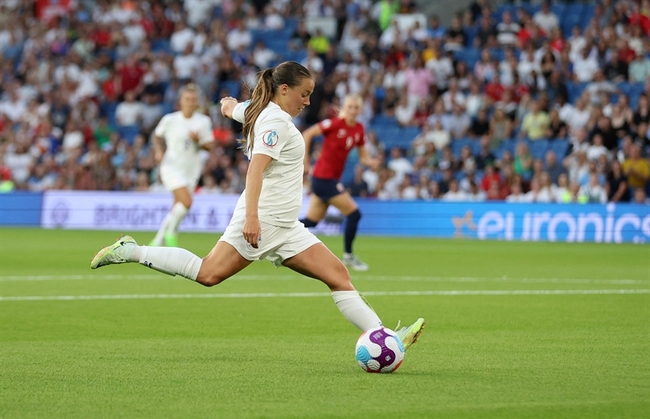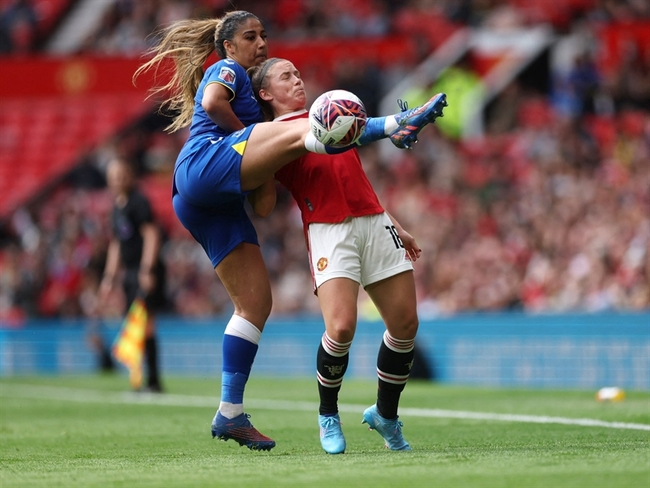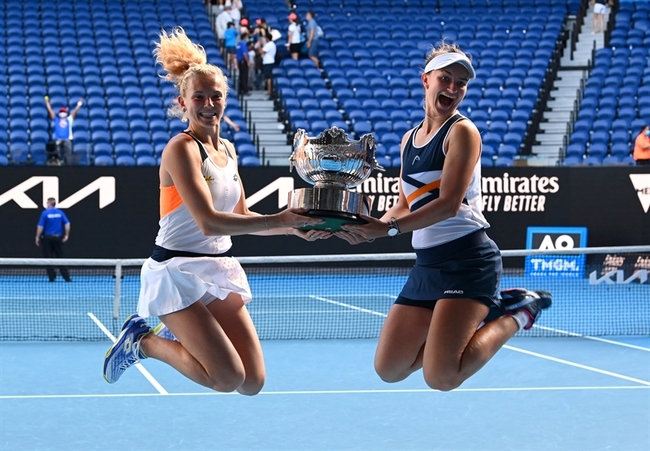You are viewing 1 of your 1 free articles
Hip strength in runners: stability needed for mobility
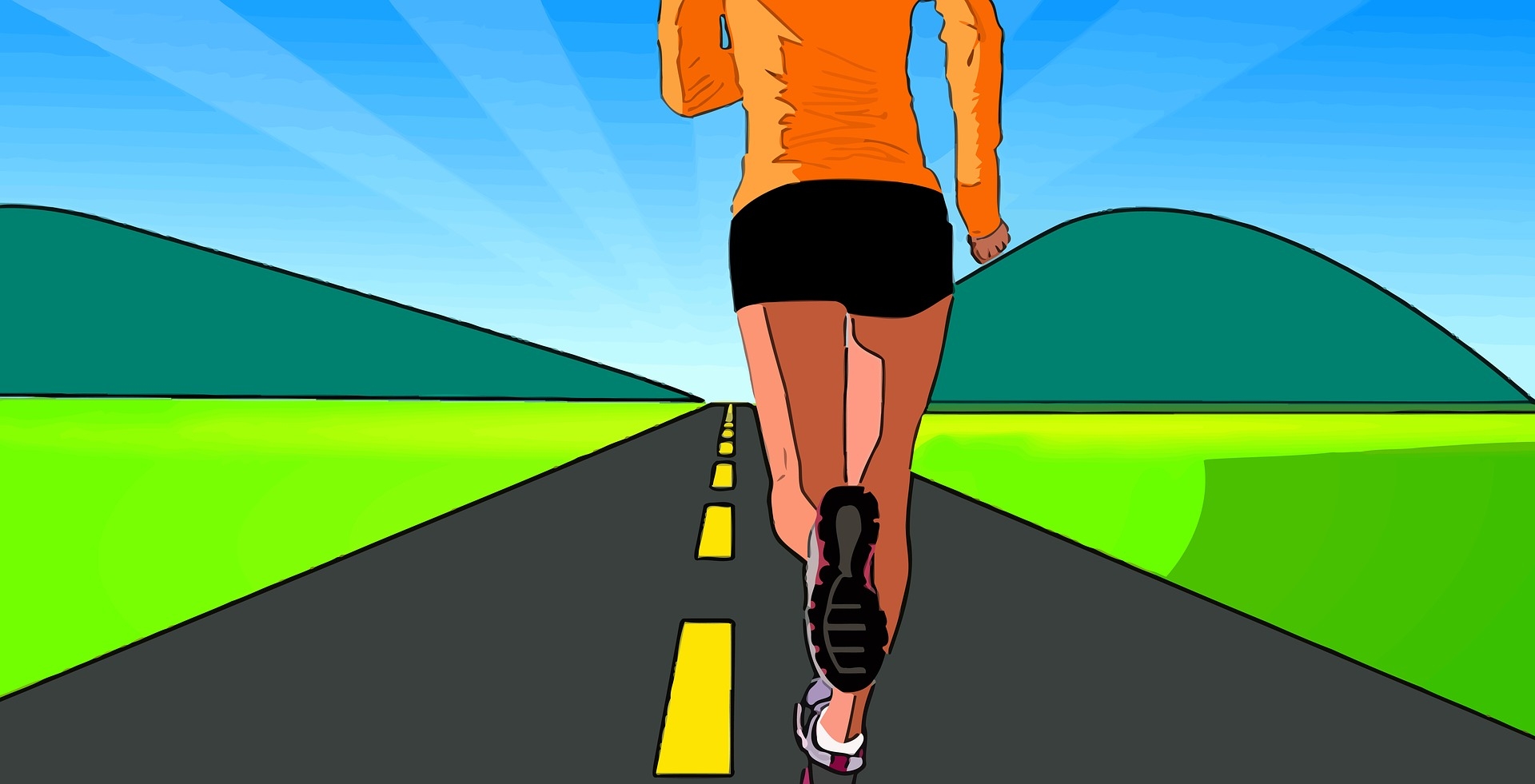
Running is a series of leaps off from one foot to the other. At no time are both feet on the ground. Therefore, running requires solid stability in dynamic unilateral stance.
Elite runners run so fast that their unilateral stance time is mere moments. When the foot remains so briefly on the ground, their structural anomalies may be unimportant if their hip, pelvic and trunk musculature supports them. For instance, look at the
Haille Gebrselassie clearly has enough neuromuscular control to compensate for any anatomical variations at the end of the kinetic chain. However, not all runners do. Take the subject of a recent case study conducted by physiotherapists in Wisconsin. A 47-year-old female presented with posterior thigh and hip pain due to piriformis syndrome, which interrupted her marathon training. This pain contributed to her lack of neuromuscular control and coordinated motion during lower leg functional movement in unilateral stance. And what is running but coordinated movement on one leg?
The authors of this study prescribed exercises to strengthen the hip and improve balance. These included a neuromuscular progression series from static to dynamic to dynamic eccentric control to finally, dynamic eccentric control on one leg (see figure 1). Other home exercises strengthened the piriformis and gluteal musculature.
This patient required 12 weekly visits. The last six visits progressed her running using a body weight support system. The patient’s balance and neuromuscular control in unilateral stance improved and she was able to meet her goal of completing an upcoming marathon with minimal pain.
Figure 1: Neuromuscular progression(1)
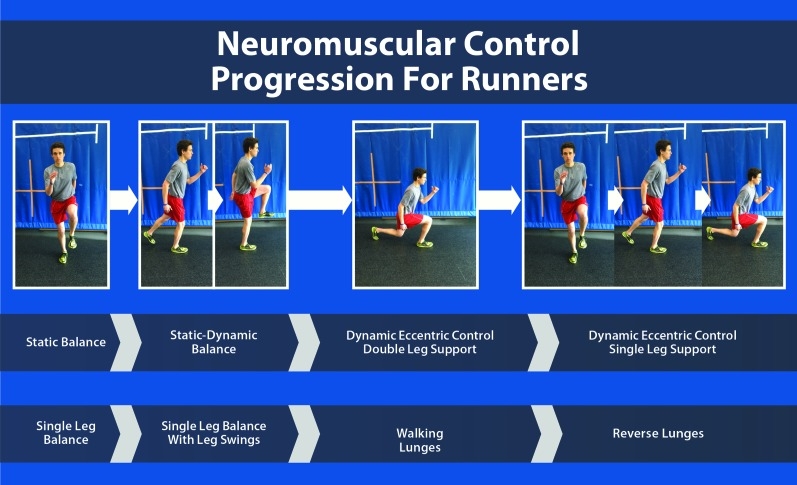
Researchers at the Universidade Federal de Sao Paulo wondered if hip strength impacted running economy(2). They measured the functional movement ratio of peak eccentric hip flexion torque to peak concentric hip extension torque using isokinetic testing. The researchers found that in males, the ratio had a significant and negative association with running economy at higher speeds of 11 and 12 km h-1, meaning that those runners with a higher functional balance ratio had better running economy when running at higher speeds.
The Brazilian team theorized that better balance ratios mean more joint stability. They further surmise that runners who don’t have to work as hard to stay stable when in unilateral stance enjoy better running economy. While this evidence is merely associative, it further emphasizes the importance of strong hip musculature and pelvic stability when running (see figure 2).
Figure 2: Posterior chain exercise for hip muscles
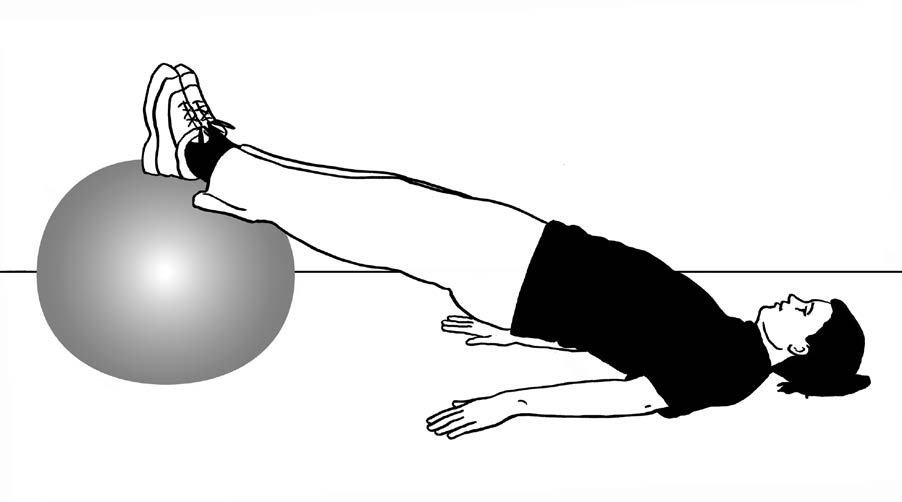
Swiss ball bridge: Perform in supine with heels on ball and knees straight. Hold for 30 seconds and lower with control. To progress exercise, perform with knees bent, heels pushing into the ball.
For more on promoting hip and pelvic stability with exercises like this one, take advantage of our limited time special price on the Hip and Groin Injuries Prevention and Treatment book.
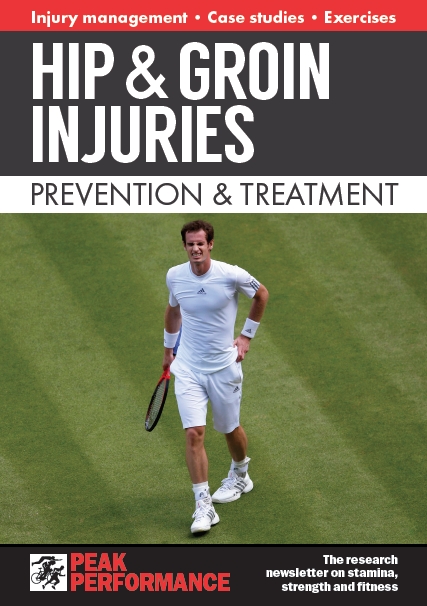
References
- IJSPT. 2018 April; 13(2):269
- Peer J. 6:e5219
Newsletter Sign Up
Subscriber Testimonials
Dr. Alexandra Fandetti-Robin, Back & Body Chiropractic
Elspeth Cowell MSCh DpodM SRCh HCPC reg
William Hunter, Nuffield Health
Newsletter Sign Up
Coaches Testimonials
Dr. Alexandra Fandetti-Robin, Back & Body Chiropractic
Elspeth Cowell MSCh DpodM SRCh HCPC reg
William Hunter, Nuffield Health
Be at the leading edge of sports injury management
Our international team of qualified experts (see above) spend hours poring over scores of technical journals and medical papers that even the most interested professionals don't have time to read.
For 17 years, we've helped hard-working physiotherapists and sports professionals like you, overwhelmed by the vast amount of new research, bring science to their treatment. Sports Injury Bulletin is the ideal resource for practitioners too busy to cull through all the monthly journals to find meaningful and applicable studies.
*includes 3 coaching manuals
Get Inspired
All the latest techniques and approaches
Sports Injury Bulletin brings together a worldwide panel of experts – including physiotherapists, doctors, researchers and sports scientists. Together we deliver everything you need to help your clients avoid – or recover as quickly as possible from – injuries.
We strip away the scientific jargon and deliver you easy-to-follow training exercises, nutrition tips, psychological strategies and recovery programmes and exercises in plain English.




